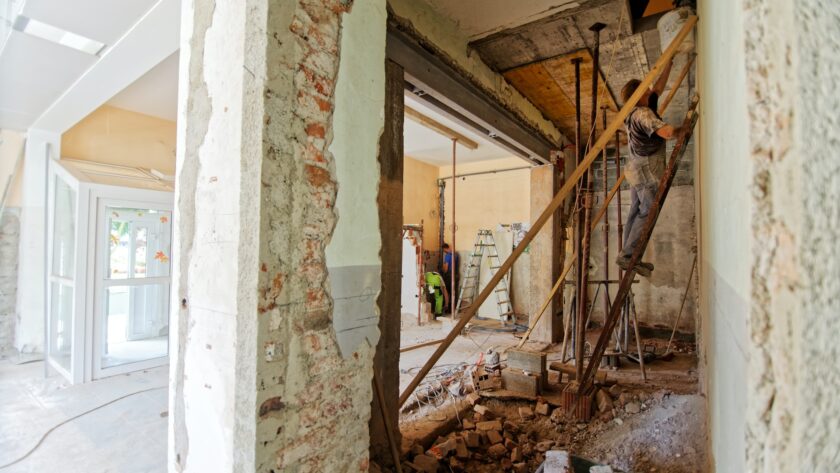Are you wanting to make your home luxurious? What about looking better overall? Home renovations are an exciting way to breathe new life into your living space, but they can also generate waste and environmental impact. The good news is that it’s entirely possible to achieve your design dreams while keeping the planet in mind. Embracing eco-friendly practices during home renovations not only reduces your carbon footprint but also promotes a healthier indoor environment.
It’s true that, for the most part, renovations aren’t exactly the most eco-friendly thing; sure, keeping an old house rather than buying a new one is super eco-friendly. But sometimes, that rubble, that plastic, and all that packaging and driving back and forth to the store becomes pretty bad. So, here is what you need to know about how you can become more eco-friendly while renovating your house.
Plan with Purpose
It’s pretty obvious that every renovation has its own purpose, but it’s something you’re still going to want to think about. Thorough planning is the foundation of sustainable renovations. Define your goals, create a budget, and envision the final result. A well-defined plan minimizes last-minute changes that can lead to unnecessary waste. To a degree, if you have a strict plan, it means fewer things need to be bought, fewer trips to the store, and maybe less to worry about. But of course, sometimes new issues arise, so you don’t need to count on everything being 100% eco-friendly.
Reuse and Repurpose If You Can
You might not always be able to, but the more you can, the better it’ll be. The best and honestly number one way to be eco-friendly during this big renovation is to reuse what you already have. Salvaging wood, fixtures, or even cabinets can add character to your space while reducing waste. Sure, chances are you’re still going to need to hire a service like Red Dog Dumpsters, but for the most part, you can feel pretty confident that a lot of stuff can be reused. Sure, something like old plaster pieces can’t, but wood absolutely can.
Natural Light is Everything
This is more about the design process, but in the long run, you’re doing yourself a favor if you’re able to create more natural lighting. Of course, if you’re not wanting to remove walls or change up a wall, then you shouldn’t. But if you use less artificial lighting, then you’re immediately eco-friendly there. Besides, the sun provides free heat during the winter months too.
Pick Low VOC Paints
Did you know that even the paint and/or finishes that you chose are also going to make an impact? Traditional paints and finishes release volatile organic compounds (VOCs) that contribute to indoor air pollution. Opt for low or zero VOC paints and finishes to create a healthier indoor environment. You have every right to paint your home, as this is going to give it some major personality. You’re just going to need to be on the lookout for the fact that some paints are better than others.
Consider Waste Management
If you’re throwing everything into one dumpster without considering the material, then you’re not being eco-friendly in that case. So, why not consider waste management itself when it comes to being eco-friendly? Recycling centers will be more than happy to help you out, even construction waste management companies too. If you’re hiring a contractor, they’ll usually have the right contacts for this.



